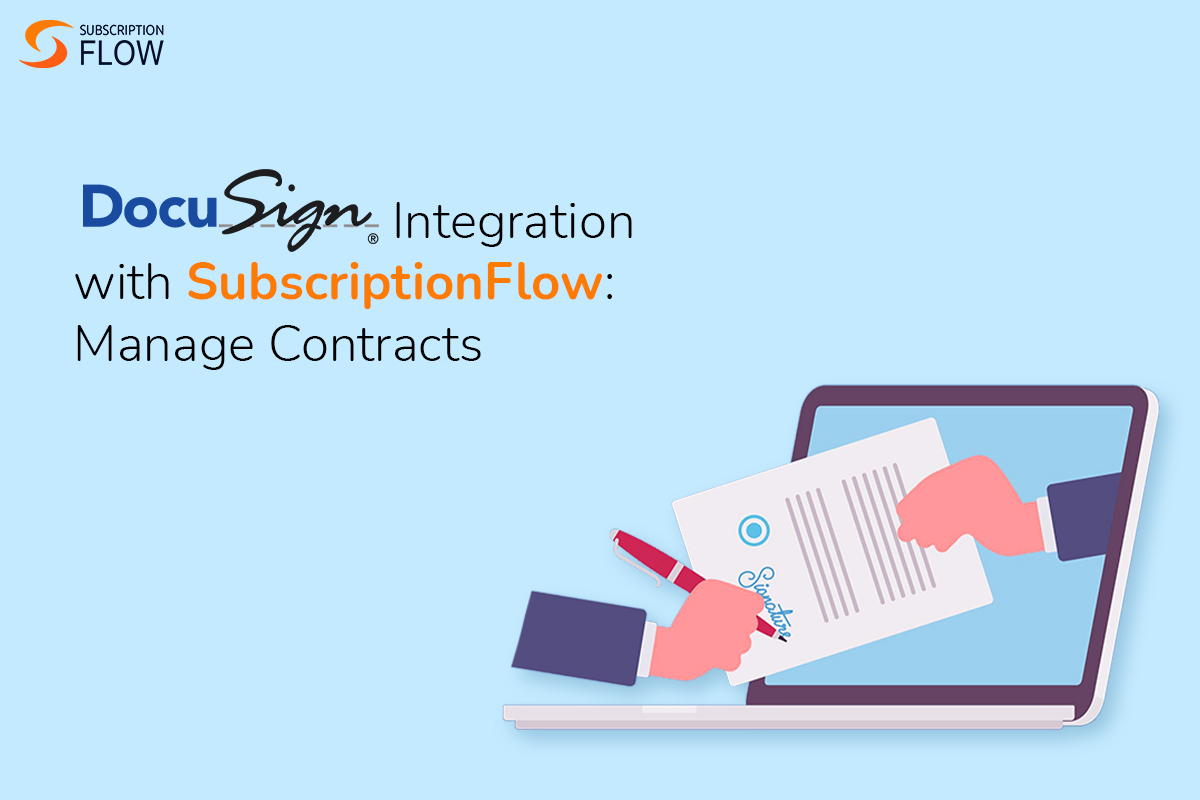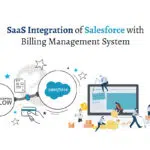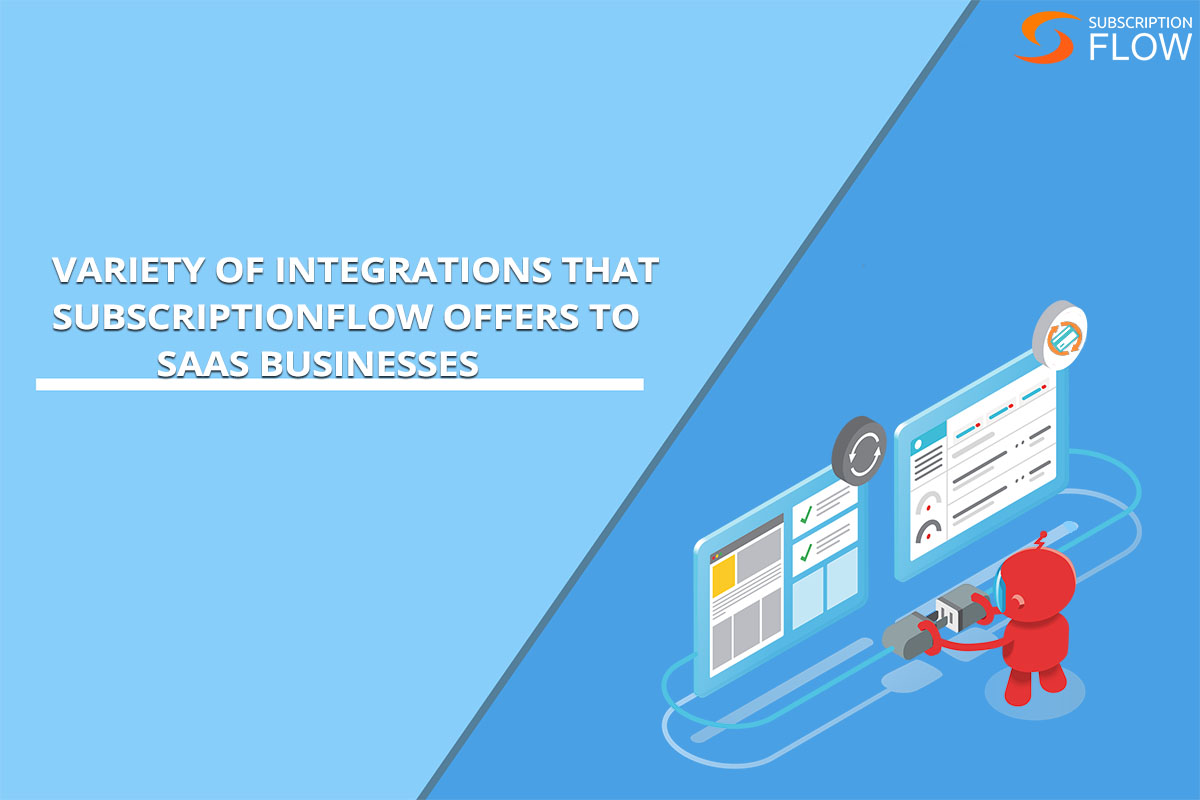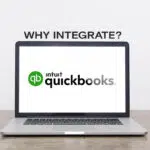
DocuSign Integration for Seamless Subscription Lifecycle Management
The rapid shift to digital transformation and cloud migration by businesses around the globe has created a need for secure and efficient subscription lifecycle management. One of the most critical parts of the B2B subscription lifecycle is the signing of contracts between both parties. B2B enterprises face the challenging task of storing, managing, and monitoring a large volume of contracts with little to no permissible margin for error.
DocuSign integration with SubscriptionFlow facilitates this process, for SMEs and large enterprises alike, by improving speed and efficiency, enhancing security and compliance, saving costs, and offering better visibility and control over contract lifecycles.
Manual and paper-based contract handling is not only time-consuming, with heavy administrative costs, but also highly limiting for a business aspiring to grow globally. Fortunately, integrating DocuSign with trusty subscription and billing management software enables the complete streamlining of contract lifecycle management.
In this blog, we will explore how this powerful integration facilitates the Quote-to-Cash (QTC) process and subscription lifecycle. Let’s start by taking a quick look at what the Quote-to-Cash (QTC) process entails.
Also Read: Optimize Quote Management for Enterprises & Lock Maximum Subscription Business Deals
What is Quote-to-Cash?
The Quote-to-Cash (QTC) process refers to an entire sales cycle, starting from a request for a quote and ending with payment after closing the sale. It encompasses the complete lifecycle of a purchase, including the negotiation of a sale, creation of an order, fulfilment of the order, invoicing, and receipt of payment.
The Stages of the Subscription Business Contract Lifecycle:
The specific stages of a contract management lifecycle may vary depending on the organization and the type of contract being managed, but typically include the following stages:
1. Request for a Quote
The process begins with one party expressing interest in purchasing a product or service from a retailer. The interest is forwarded to the retailer in the form of a request for a quote (RFQ) from the other party.
2. Contract Creation
The sales team creates a quote, which includes details such as pricing, terms and conditions, and product or service descriptions. The quote is then sent to the customer for approval. In many cases, quotes are not accepted in one go. They are sent to the potential customer and if any changes need to be made, the quotes are readjusted.
3. Contract Review and Approval
Usually what comes next is a back-and-forth between both parties as they negotiate and collaborate on finalizing the terms of the contract. This stage may involve legal review and approval to ensure that the contract complies with applicable laws and regulations.
4. Locking the Deal
This stage entails what comes after both parties sign the approved contract. Traditionally this was done in person or through email or fax, but now it may also be done via electronic signatures on platforms such as DocuSign. Once the contract is signed, the sales team generates an order to be processed by the fulfilment team, team, responsible for preparing and delivering the product or service to the customer.
After fulfilment is complete, an invoice is generated and sent to the customer. The invoice includes pricing, taxes or fees, and payment terms.
In this final cash flow step, the customer pays for the purchase, bringing the QTC process to an end. The contract lifecycle, on the other hand, still has one more essential step – contract management and monitoring!
5. Contract Management and Monitoring
At the end of the QTC process, businesses must store, manage and monitor active contracts to ensure compliance. This includes monitoring performance, renewing or terminating the contract, and resolving any disputes that may arise. This is done by tracking and reporting key performance indicators (KPIs), identifying and addressing any issues or concerns that may arise, and managing any changes or amendments to the contract.
SubscriptionFlow’s automation services dramatically improve the quality of this phase of the contract lifecycle in terms of efficiency, accuracy, and profitability.
Also Read: Transforming your business by Optimizing Subscription Lifecycle Management
DocuSign for contract management
DocuSign is an electronic signature platform allowing users to digitally sign and manage contracts, on any device, anywhere in the world. The platform also provides tools for managing and tracking contract status and activity. Integrating DocuSign with your subscription management platform enables you to automate and streamline the entire contract management process securely and efficiently.
What are the Benefits of DocuSign Integration with SubscriptionFlow?
The following are some of the benefits of using DocuSign coupled with your subscription management platform for contract lifecycle management:
1. Accelerate Contract Execution
One of the key benefits of integrating DocuSign with your subscription management software is the ability to accelerate contract execution. In-person meetings and the exchange of physical documents through mail, slow down the contract execution process, weighing down on your time to conversion KPI. With DocuSign, contracts can be signed digitally on any device connected to the Internet anywhere on the globe. This accelerates revenue recognition and improves cash flow for your B2B business.
2. Ensure Contract Accuracy
Manual processing is error-prone, which can lead to varied issues and disputes. You can reduce the risk of errors by integrating DocuSign with your subscription management software. By doing so you can also ensure that all parties have access to the most up-to-date version of the contract, preventing miscommunication that could lead to churn. Tools for contract tracking and auditing, also help identify and resolve issues before they become escalate into bigger problems for your business.
3. Improve Speed and Efficiency
Contract management with DocuSign also dramatically boosts speed and efficiency through automation. By reducing the time and resources required to manage contracts manually, your business can free up resources for other critical business tasks, such as sales, marketing, and product development.
4. Enhance Security and Compliance
Contracts contain sensitive information from both parties that must be kept secure from any third-party interference. Manual contract management can pose serious security risks, as contracts may be lost, stolen, or subject to unauthorized changes.
DocuSign provides advanced security features such as multi-factor authentication, document encryption, and tamper-evident seals, so you never have to be concerned about security breaches. Additionally, the DocuSign audit trail also captures document history, which can be useful to ensure compliance with changing regulations and legal requirements. This can be especially important for businesses in highly regulated industries, such as finance or healthcare.
5. Cut Costs
By reducing the time and resources required to manage contracts manually, businesses can also save big bucks on administrative costs. Electronic signature capabilities also reduce paper usage, providing cost savings on paper and printing, and are more environment-friendly (cleantech).
6. Offer Better Visibility and Control
By integrating DocuSign with subscription management software, businesses can automate many of the processes involved in contract management, such as contract creation (opt for the templates), review and approval, execution, and management. Electronic signatures allow businesses to execute quickly and efficiently with better oversight and visibility.
7. Improve Customer Experience
This integration also improves the customer subscription journey, as they can sign contracts quickly and easily! By reducing the time and effort required to complete the contract process, you make doing business with your company a pleasurable and frictionless experience for your client. In addition, DocuSign can also help in improving customer service by providing real-time updates on contract status and activity.
Conclusion
DocuSign Integration with SubscriptionFlow provides numerous benefits to your B2B businesses including improved speed and efficiency, enhanced security, cost savings, better visibility and control, and improved customer satisfaction and loyalty. With DocuSign, businesses can execute contracts quickly and accurately, automate many of the processes involved in contract management and free up resources for other critical growth-oriented tasks.











